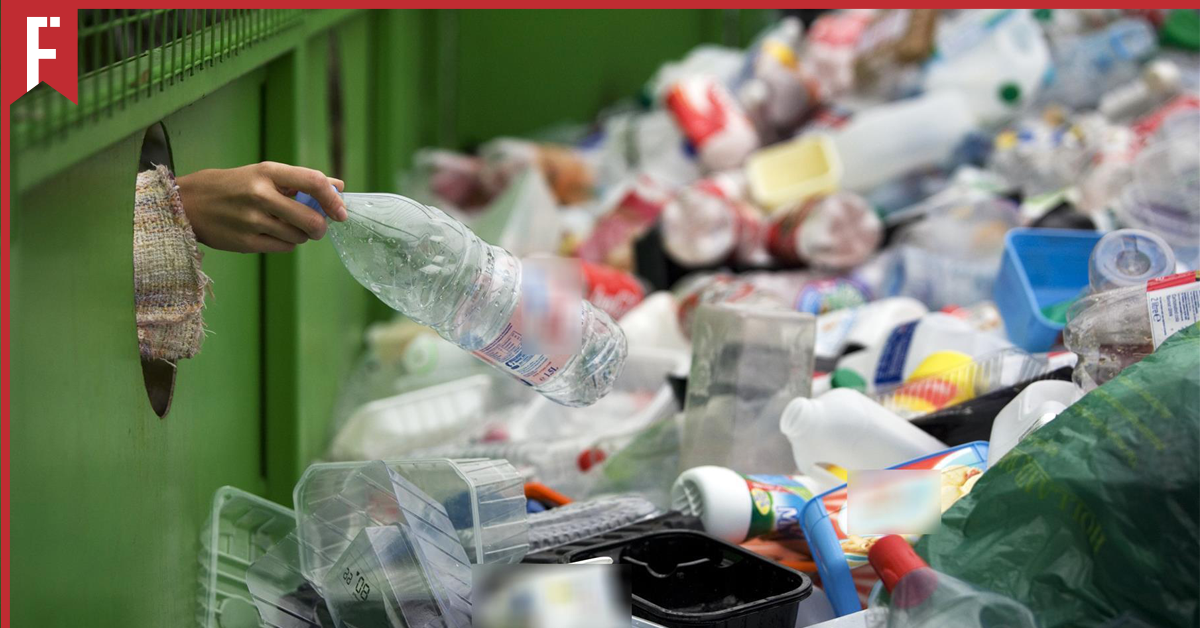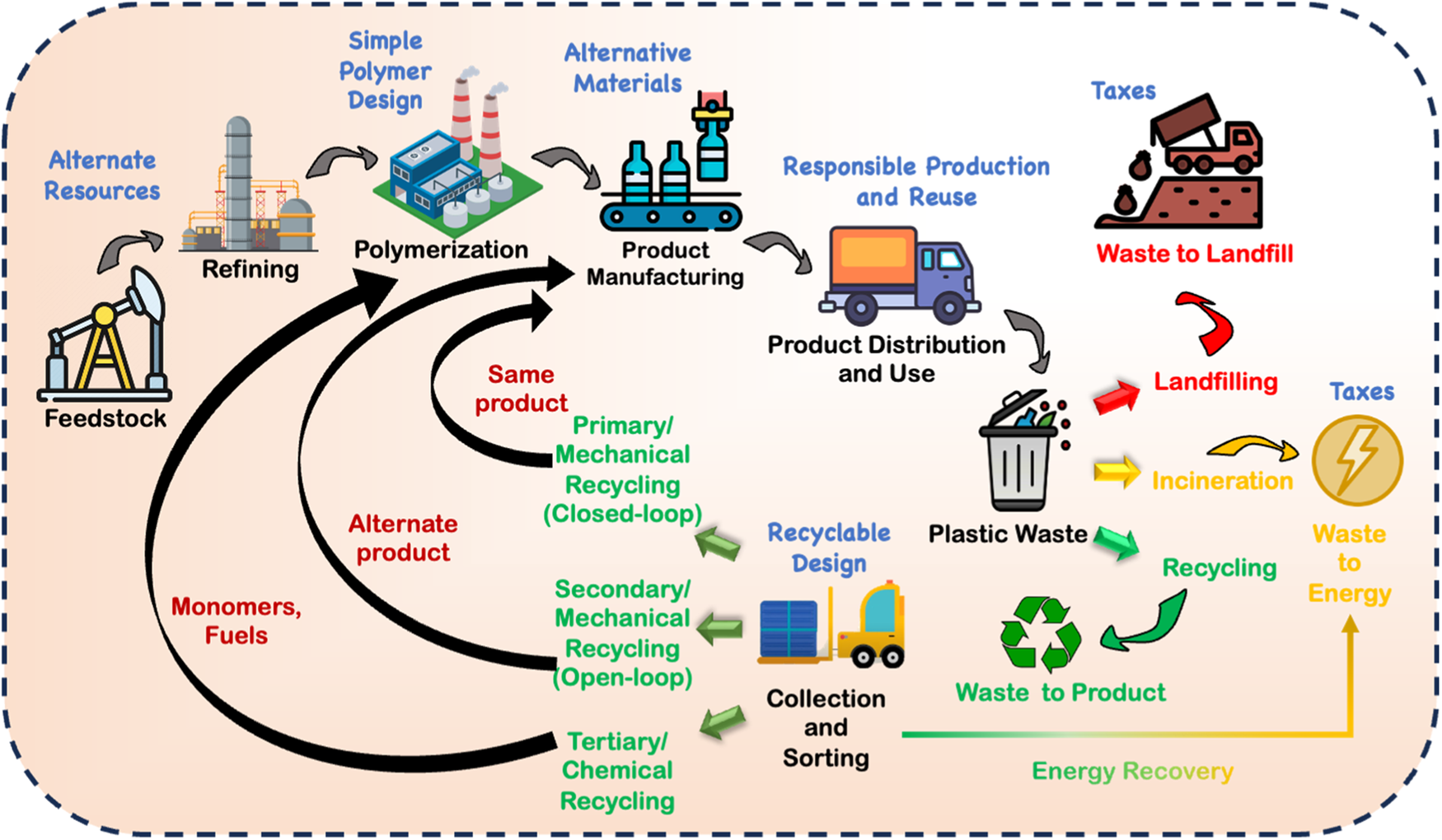
As environmental concerns grow across Australia and the globe, one practice that continues to gain momentum is container recycling. While many of us are familiar with tossing our bottles and cans into the appropriate bin, the true impact and importance of container recycling are often underestimated.
In this blog, we'll dive into what container recycling really is, why it matters, and how it plays a critical role in creating a greener, more sustainable future.
What Is Container Recycling?

Container recycling refers to the collection and processing of recyclable containers such as plastic bottles, glass jars, aluminium cans, and liquid paperboard cartons (like milk or juice boxes) to be reused or remanufactured into new products. In Australia, container recycling is particularly encouraged through initiatives like the Container Deposit Scheme (CDS), which offers a financial incentive for returning eligible drink containers.
When you return an eligible container usually between 150ml and 3 litres in size, you can receive 10 cents per item at a designated return point. These programs are currently active in multiple Australian states including New South Wales, Queensland, South Australia, Western Australia, and the ACT.
Why Is Container Recycling Important?
1. Reduces Waste in Landfill
One of the most immediate benefits of container recycling is the reduction of waste in landfill. In Australia, millions of drink containers are consumed every day. Without recycling, many of these end up in landfills or littered across the environment. By recycling containers, we divert this waste and reduce the strain on our already-overburdened waste systems.
2. Protects Natural Resources
Manufacturing new containers from raw materials requires significant amounts of energy, water, and non-renewable resources. Recycling, on the other hand, uses less energy and helps conserve natural resources. For example, recycling aluminium saves up to 95% of the energy required to make it from raw bauxite.
3. Reduces Greenhouse Gas Emissions
By reducing the need for raw material extraction and processing, container recycling contributes to lower carbon emissions. This plays a vital role in Australia's efforts to meet climate targets and transition towards a low-carbon economy.
4. Creates Jobs and Boosts the Economy
Container recycling supports a growing green economy. The sorting, transport, and processing of recyclable containers create local jobs and support small businesses. The CDS programs in particular have led to the development of numerous recycling centres and depots across the country, many of which provide employment opportunities in regional and urban areas alike.
5. Encourages Personal Responsibility
The 10-cent incentive under CDS programs encourages individuals and communities to take an active role in reducing litter and increasing recycling rates. This fosters a culture of environmental responsibility and civic pride, two key ingredients in driving long-term behavioural change.
How Container Recycling Works in Australia
The Container Deposit Scheme has revolutionised how Australians approach recycling. Here's how it typically works:
-
Check for Eligibility: Not all containers are eligible for refunds. Look for the 10c mark or visit your state's CDS website to find out what can be recycled.
-
Collect and Sort: Collect eligible containers separately from your regular recycling or waste bins.
-
Drop Off at Return Point: Take your containers to a registered return point. These may include reverse vending machines, depots, or mobile collection units.
-
Receive Your Refund: You can choose to receive the refund directly or donate it to a charity or community group.
By returning containers through these systems, you're ensuring that the materials are recycled correctly and not contaminated by general waste.
Common Misconceptions About Container Recycling
“I Already Use My Yellow Bin; Isn't That Enough?”
While kerbside recycling is valuable, it isn't always foolproof. Contamination from food waste or incorrect items can send entire bins to landfill. Container recycling through a CDS ensures that returned items are clean, sorted, and ready for reuse making the process more efficient and reliable.
“It's Too Much Effort for Just 10 Cents”
It may seem like small change, but it adds up quickly. A family of four can easily collect hundreds of containers a month, translating into $20–$50 or more in refunds. Plus, many Australians donate their refunds to schools, charities, or local clubs making a broader community impact.
“Only Certain Materials Can Be Recycled”
Most drink containers made of plastic, aluminium, glass, and liquid paperboard are eligible. The key is to check your state's list and rinse containers before returning them to avoid contamination.
The Environmental and Social Impact

Container recycling has far-reaching benefits that go beyond environmental sustainability.
-
Reduced Litter: Streets, parks, and beaches are cleaner thanks to increased recycling participation.
-
Cleaner Oceans: With fewer plastic bottles and cans entering waterways, marine life is protected.
-
Community Engagement: Schools and community groups often use container recycling drives as fundraisers, creating educational opportunities and fostering unity.
How You Can Get Involved
Becoming part of the container recycling movement is easy and rewarding. Here's how you can start:
-
Set up a container collection station at home or work to separate recyclables.
-
Get your kids involved to teach them about sustainability from an early age.
-
Join or support a local container drive many schools, charities, and sports clubs collect containers as a fundraising initiative.
-
Educate others about the importance and benefits of container recycling, especially in areas where littering is common.
Looking Ahead: A Circular Economy
Container recycling is a stepping stone towards a broader vision: the circular economy. In this model, products and materials are kept in use for as long as possible, minimising waste and maximising value. It's about moving away from the traditional “take-make-dispose” model and embracing smarter, more sustainable systems.
Australia has already taken key steps with extended producer responsibility schemes, stricter recycling targets, and innovations in waste management. Container recycling plays a central role in this transition, showing how small actions—like returning a bottle—can contribute to a much larger goal.
Conclusion
In a time when environmental issues are becoming increasingly urgent, container recycling is a practical, effective, and accessible way to make a difference. From reducing waste and cutting emissions to creating jobs and supporting local communities, the benefits are far-reaching. Whether you're an individual, business, or part of a local group, your participation matters.
So next time you finish a drink, don't toss that container away. Recycle it. Return it. And be part of Australia's journey toward a greener, cleaner future.
container recycling, Container Deposit Scheme, CDS Australia, recycling in Australia, 10 cent refund, recycling containers, sustainable future, circular economy, reduce landfill, environmental responsibility.






